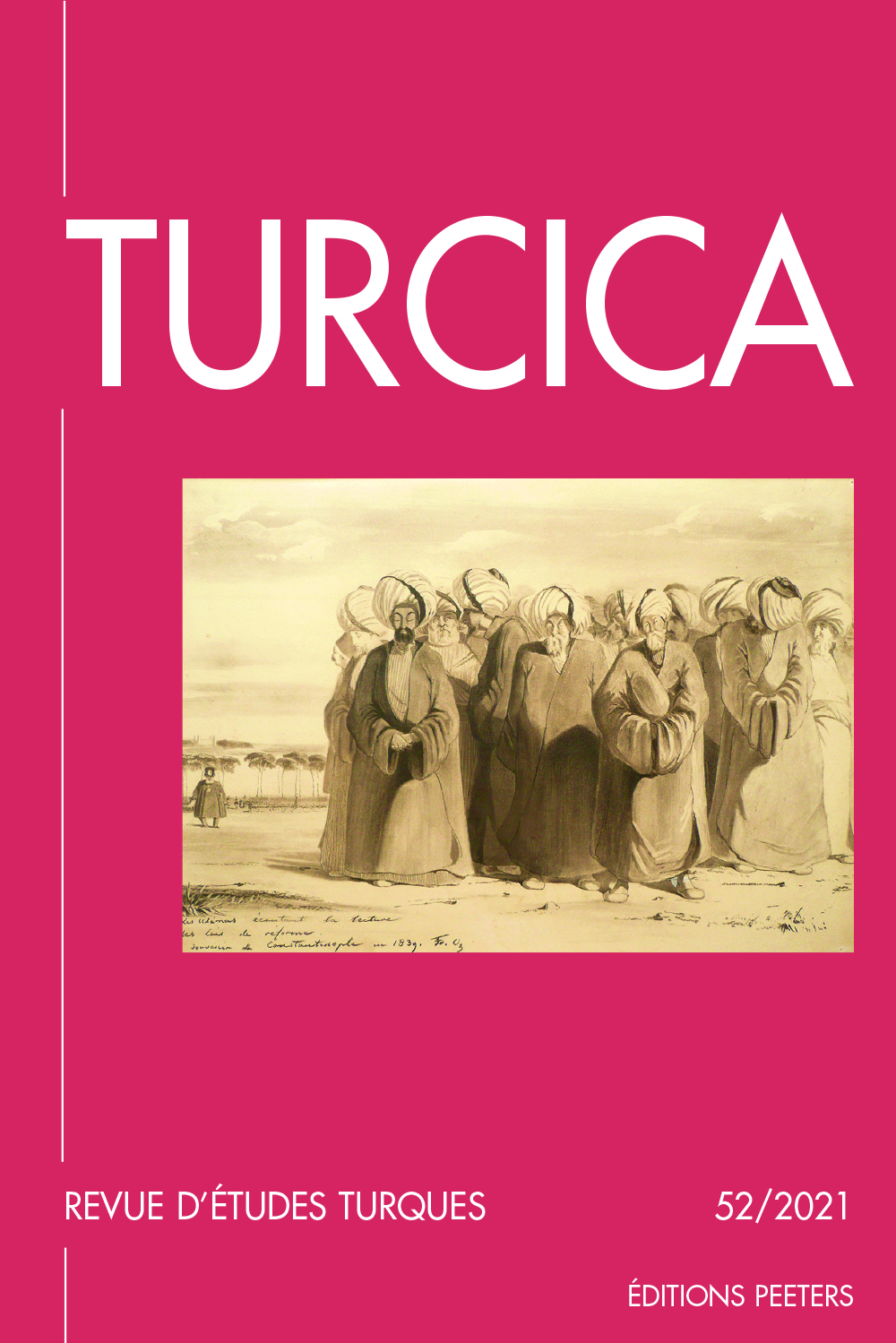 previous article in this issue previous article in this issue | next article in this issue  |

Preview first page |
Document Details : Title: Politique sanitaire et fixation des frontières Subtitle: L'exemple ottoman (XVIIIe-XIXe siècles) Author(s): PANZAC, Daniel Journal: Turcica Volume: 31 Date: 1999 Pages: 87-108 DOI: 10.2143/TURC.31.0.2004189 Abstract : Jusqu’au XVIIe siècle, les frontières entre l’Empire ottoman et ses voisins sont définies de façon approximative mais au XVIIIe siècle, la volonté de l’État autrichien de lutter contre la peste, dont les foyers sont situés dans l’Empire ottoman, le contraint à les préciser et à les matérialiser. Il transpose le long de la frontière austro-turque les pratiques sanitaires en usage, avec succès, le long des côtes méditerranéennes en transformant les «Confins militaires», et sa population de paysans-soldats, en un cordon sanitaire constamment surveillé par des soldats et franchissables en quelques points seulement. Au siècle suivant, l’État ottoman adopte la même politique face à la menace de la peste de l’Empire perse en constituant une ligne d’établissements sanitaires provoquant, là aussi, une délimitation précise de la frontière. Sanitary cordon and the Ottoman frontiers (18th-19th centuries) Until the 17th century, the frontiers between the Ottoman empire and its neighbours were defined in a very approximative way but during the 18th century, the Austrian state, anxious to fight the plague, which focuses were located in the Ottoman empire, was lead to precise and materialize them. It decided to adopt the efficent sanitary practices in use along the Mediterranean coasts. The «Military borders», with its population of peasant-soldiers, were transformed in a sanitary cordon, strictly and constantly watched by soldiers with only a few crossing points. Facing the plague threat of the Persian empire, the Ottoman state adopted the same politics in the 19th century, building up a line of sanitary settlements which leaded here too to a precise delimitation of the frontier. |
 |


